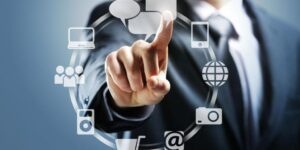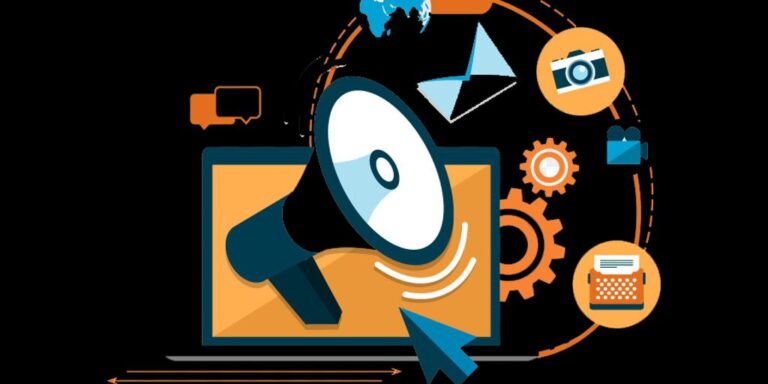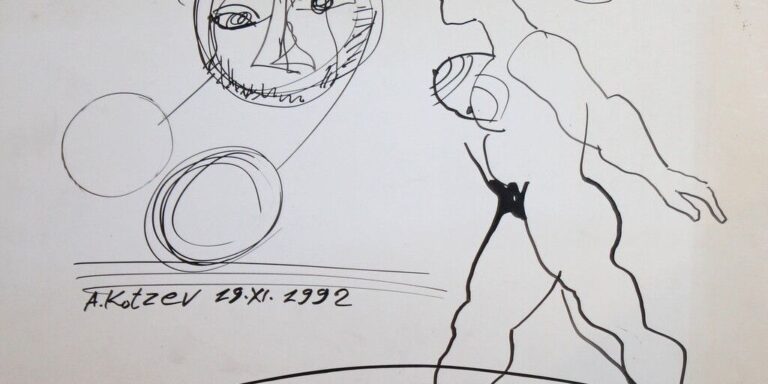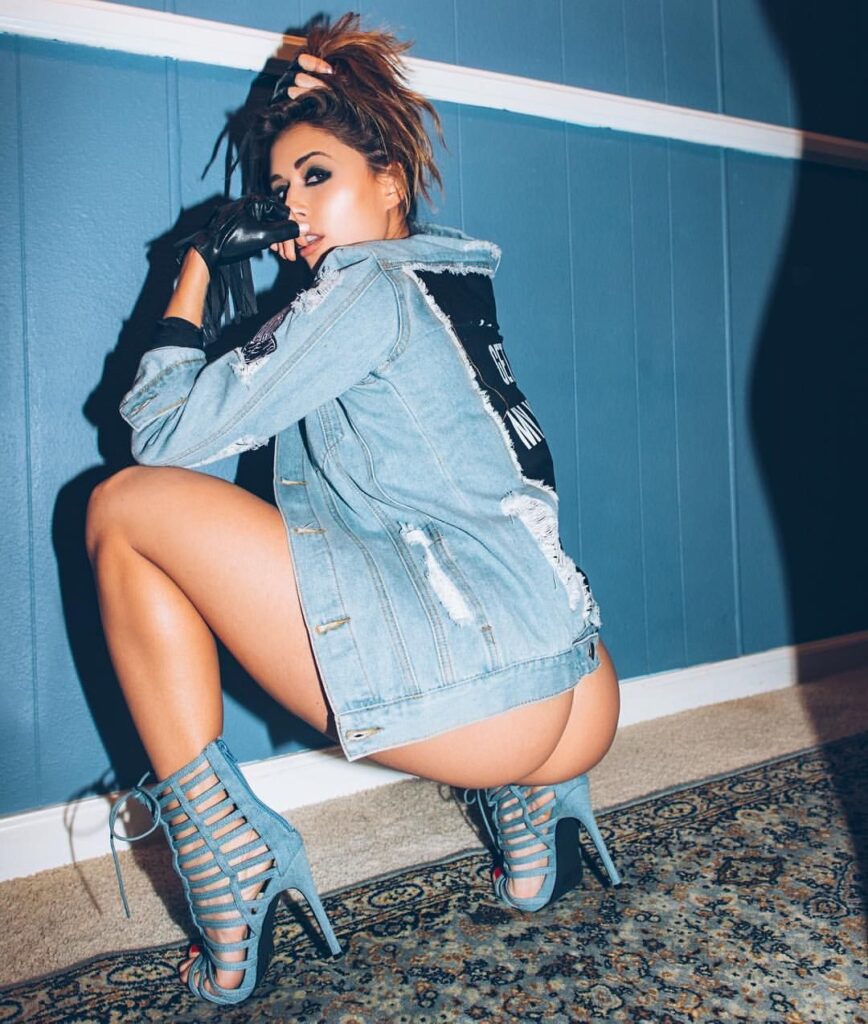The article delves into the complex world of Nude Art Generators, exploring the technological advancements and ethical dilemmas presented by these AI-driven tools. As the technology evolves, so too do the conversations around privacy, consent, and artistic freedom, highlighting the need for a balanced approach to digital expression.
Key Takeaways
- Nude Art Generators utilize advanced AI, particularly Generative Adversarial Networks (GANs), to create realistic digital artworks.
- These tools raise significant ethical concerns, especially regarding privacy and the non-consensual creation of images.
- The legal landscape is still evolving, with current laws not fully equipped to handle the nuances of AI-generated content.
- Artists and creators use these generators for exploring new forms of artistic expression, pushing traditional boundaries.
- There is a pressing need for clear ethical guidelines and responsible AI practices to mitigate potential misuse.
Understanding the Technology Behind Nude Art Generators

Core Mechanisms of AI in Art Generation
The core mechanisms of AI in art generation involve complex algorithms that analyze and interpret visual data to create new images. These mechanisms leverage deep learning techniques to understand and replicate artistic styles, enabling the generation of visually appealing and realistic artworks.
Role of Generative Adversarial Networks (GANs)
Generative Adversarial Networks (GANs) play a pivotal role in the functionality of nude art generators. GANs consist of two neural networks, the generator and the discriminator, which work in tandem to produce increasingly accurate and high-quality images. This technology not only enhances the precision of the generated images but also ensures their uniqueness.
Technical Challenges and Solutions
Addressing the technical challenges involves improving the efficiency and privacy of these AI systems. Solutions include optimizing algorithm performance, enhancing data security, and implementing robust privacy protections to safeguard user data. Developers are continuously working to overcome these challenges, ensuring that the technology is both effective and responsible.
Ethical Considerations of Nude Art Generators

Privacy and Consent Issues
Privacy and consent are paramount when dealing with the generation of nude art. The technology must ensure that all depicted individuals have given their explicit consent to avoid violations of privacy and potential harm. This includes implementing robust systems to verify consent and prevent the creation of non-consensual content.
Potential for Misuse
Nude art generators, like any powerful tool, have a significant potential for misuse. They can be used to create non-consensual deepfake pornography or revenge porn, leading to serious ethical and legal repercussions. It is crucial to develop and enforce strict guidelines to curb such abuses.
Setting Ethical Guidelines
To address the ethical challenges posed by nude art generators, it is essential to establish comprehensive ethical guidelines. These should cover aspects such as consent verification, content moderation, and the prevention of misuse. Engaging with ethical AI development and regulation is critical to ensure the technology is used responsibly.
Blockquote: Ethical guidelines are not just recommendations; they are imperative for the responsible deployment of AI in art.
Legal Landscape Surrounding Nude Art Generators

Current Laws and Regulations
The legal status of nude art generators varies significantly across different jurisdictions. Laws related to privacy, cyber harassment, and digital consent are commonly applicable. The rapid advancement of AI and the global nature of the internet complicate enforcement, highlighting the need for updated legal frameworks.
Impact of Digital Art on Copyright
Digital art generators, including those creating nude art, challenge traditional copyright norms. The ability to create derivative works at scale can infringe on original artists’ rights, necessitating clear guidelines on intellectual property in the digital age.
Future Legal Challenges
As nudification AI continues to evolve, future legal challenges are inevitable. The increased use of these technologies in social media and by amateurs raises concerns that will require new regulations to ensure ethical use and prevent misuse.
Artistic Freedom and Digital Tools

Balancing Creativity and Responsibility
In the realm of digital art, particularly with tools like Nudify.Online, artists are afforded unprecedented creative freedom. The ability to modify and enhance images through AI introduces a new layer of artistic expression. However, this freedom comes with the responsibility to use these tools ethically, ensuring that the art does not infringe on personal rights or propagate harmful content.
Artists’ Rights in the Digital Age
The digital age has redefined artists’ rights, providing both opportunities and challenges. With platforms like Nudify.Online, artists can reach a global audience without the traditional gatekeepers of art galleries and publishers. This democratization of art creation, however, also raises questions about copyright and ownership, especially when AI is involved in the creative process.
The Role of AI in Artistic Expression
AI tools have become integral to the modern artist’s toolkit. They not only assist in the creation of art but also inspire new forms of expression. For instance, AI can suggest alterations or create entirely new pieces based on initial inputs, pushing the boundaries of traditional art. This integration of AI into artistic workflows is revolutionizing how art is conceived and realized, making it a pivotal moment in the history of art.
The Controversy and Debate Over Nude Art Generators

Public Perception and Media Influence
The emergence of NSFW AI-generated art has sparked significant controversy in various communities. The debate revolves around the ethical implications and potential misuse of such technology. While advancements in AI have led to remarkable achievements in many fields, the development of powerful AI art generators capable of producing explicit content has raised concerns.
Academic and Professional Opinions
The need for DeepNude AI generators is a topic of intense debate. On one hand, there is an argument to be made about the freedom of expression and the use of AI for artistic purposes. On the other hand, the potential for harm is significant, particularly through the non-consensual creation of explicit images. This underscores the urgent need for ethical guidelines, legal frameworks, and responsible use.
Cultural Impact and Acceptance
DeepNude AI Generator represents a controversial intersection of artificial intelligence and digital content creation. While the technology behind these generators showcases the advanced capabilities of AI in image processing and generation, it also raises significant concerns that must be addressed by developers, regulators, and the community at large.
Innovative Uses of Nude Art Generators
Exploring New Artistic Horizons
The advent of nude art generators has opened up unprecedented opportunities for artists to explore new artistic horizons. These tools allow for the creation of unique and personalized artwork that pushes the boundaries of traditional art forms. By leveraging AI, artists can experiment with different styles and themes, creating works that were previously unimaginable.
Collaborative Art Projects
Nude art generators facilitate collaborative art projects by enabling artists from various backgrounds to work together seamlessly. These projects often result in innovative and diverse artworks, showcasing a blend of multiple artistic visions. The technology acts as a bridge, connecting artists globally and fostering a new form of artistic synergy.
Educational Applications
Educational institutions are beginning to incorporate nude art generators into their curricula to teach students about both the technical aspects of AI and the creative process of art generation. This hands-on approach not only enhances students’ understanding of AI technology but also encourages them to think critically about the ethical implications of using such tools in art.
Impact on the Art Industry

Changing the Art Creation Process
The integration of AI in art creation has significantly altered the traditional methods, making art more accessible and diverse. Artists now leverage tools like DALL·E and Midjourney, which act as catalysts for creativity, allowing even those without a formal art background to produce compelling artworks.
Market Dynamics and Economic Implications
AI art generators have introduced new economic dynamics within the art market. While they offer new revenue streams and cost efficiencies, they also pose financial threats to traditional artists. This dual impact necessitates a balanced approach to integrating AI in art markets.
New Opportunities for Artists
AI technologies are not just disruptors; they also open up new avenues for artists. Those who embrace these tools can explore new artistic horizons, collaborate on international projects, and reach wider audiences. The art community is gradually recognizing the potential of AI to expand the creative landscape.
Technological Advancements in Nude Art Generators
Improvements in Image Quality
Recent advancements in DeepNude AI technology have significantly enhanced the image quality of generated nude art. These improvements include higher resolution outputs, more accurate skin tone matching, and refined textural details that offer a more realistic representation. The integration of advanced algorithms and increased computational power has enabled these generators to produce images that are remarkably close to authentic human appearances.
Integration with Other AI Technologies
The integration of nude art generators with other AI technologies has expanded their capabilities. For instance, AI nudification tools now often include features like automatic image resizing, user control, and automatic image compression. This synergy allows for a more seamless and efficient user experience, making the tools more accessible and versatile.
Future Prospects and Developments
Looking ahead, the potential for new developments in AI nude art generators is vast. Innovations could include more interactive features, enhanced user privacy protections, and broader customization options. As AI technology continues to evolve, so too will the capabilities and applications of these nude art generators, promising exciting new horizons in digital art creation.
Addressing the Challenges of Nude Art Generators

Developing Responsible AI Practices
Developing responsible AI practices is crucial to mitigate the risks associated with nude art generators. This involves implementing ethical guidelines, ensuring transparency in AI operations, and promoting accountability among developers and users.
Community Engagement and Feedback
Engaging with the community and soliciting feedback can help tailor nude art generators to be more ethically and socially acceptable. This includes workshops, public forums, and online surveys to gather diverse perspectives and address concerns effectively.
Enhancing Security Measures
To protect user data and prevent misuse, enhancing security measures is essential. This could involve advanced encryption methods, secure user authentication processes, and regular security audits to ensure the integrity and safety of the platform.
The Future of Artistic Expression with AI

Potential for New Art Forms
The integration of AI in the art world is not just about automation but about the potential for new art forms. As AI technologies evolve, they may foster cross-disciplinary innovations that merge visual arts, music, and literature into entirely new, unprecedented forms of expression.
Ethical AI Use in Art
The use of AI in art raises significant ethical questions. It’s crucial to develop guidelines that ensure AI is used responsibly, respecting the rights and dignity of all individuals involved. This includes addressing issues of data privacy, consent, and the authenticity of artistic creation.
Long-term Implications for Artists
The long-term implications for artists are profound. AI is likely to become a more integral part of the artistic workflow, enhancing creativity rather than diminishing it. Artists will have access to a broader range of tools, allowing for more complex and nuanced creations. This shift will likely influence how art is created, consumed, and valued in the future.
Case Studies and Real-World Applications

Successful Implementations
AI technology has revolutionized the art industry by enabling the creation of highly realistic and detailed content. For instance, the Nudify AI App empowers artists with easy-to-use features for creating and customizing art, sparking innovation and discussions in the artistic community. This tool has been pivotal in exploring new artistic horizons and offers educational opportunities with ethical considerations.
Controversial Uses and Outcomes
The rise of AI in art has not been without controversy. Some artists express concerns about the potential for AI tools to replace human creativity. However, these tools also open up discussions about the balance between technology and artistic integrity, making it a critical area for ongoing debate and analysis.
Learning from Past Experiences
The art industry has learned to make better use of data through AI, understanding market developments and tracking activities of public figures. This knowledge helps in adapting to new technologies and ensuring that they are used responsibly, keeping in mind privacy and ethical considerations.
Conclusion
The rise of the DeepNude AI generator marks a significant moment in the intersection of technology and art, blending advanced AI capabilities with the contentious realm of digital nudity. While it offers new avenues for artistic expression and challenges societal norms, it also raises profound ethical concerns. The potential for misuse and the creation of non-consensual explicit content call for stringent ethical guidelines, robust legal frameworks, and a commitment to responsible usage by developers and users alike. As we navigate this complex landscape, it is crucial to balance innovation with respect for individual privacy and dignity, ensuring that the evolution of digital art remains both revolutionary and responsible.
Frequently Asked Questions
What technology is used in DeepNude AI Generators?
DeepNude AI Generators primarily use Generative Adversarial Networks (GANs), which are a type of artificial intelligence technology designed for image processing and generation.
What are the main ethical concerns associated with DeepNude AI Generators?
The main ethical concerns include the non-consensual creation of explicit images, privacy violations, and the potential misuse of the technology to harm individuals or groups.
How do DeepNude AI Generators impact artistic expression?
These generators provide artists with new ways to explore themes of sexuality and eroticism, pushing the boundaries of traditional artistic norms and challenging cultural conventions.
What are the legal challenges posed by DeepNude AI Generators?
Legal challenges include addressing copyright issues, regulating the creation and distribution of AI-generated images, and ensuring that the use of such technology complies with existing laws and ethical standards.
How can DeepNude AI Generators be used responsibly?
Responsible use involves implementing strict ethical guidelines, obtaining consent for the use of personal images, and ensuring transparency about the technology’s capabilities and limitations.
What are some potential positive applications of DeepNude AI Generators?
Positive applications may include artistic exploration, academic research in digital image processing, and the development of AI technology in a controlled and ethical manner.
How do DeepNude AI Generators challenge societal norms?
By altering the representation of the human form, these generators question societal norms related to modesty, privacy, and the ethical use of digital images.
What future developments are expected in the field of DeepNude AI Generators?
Future developments may focus on improving image quality, integrating with other AI technologies, and addressing ethical and legal challenges to ensure responsible use.








